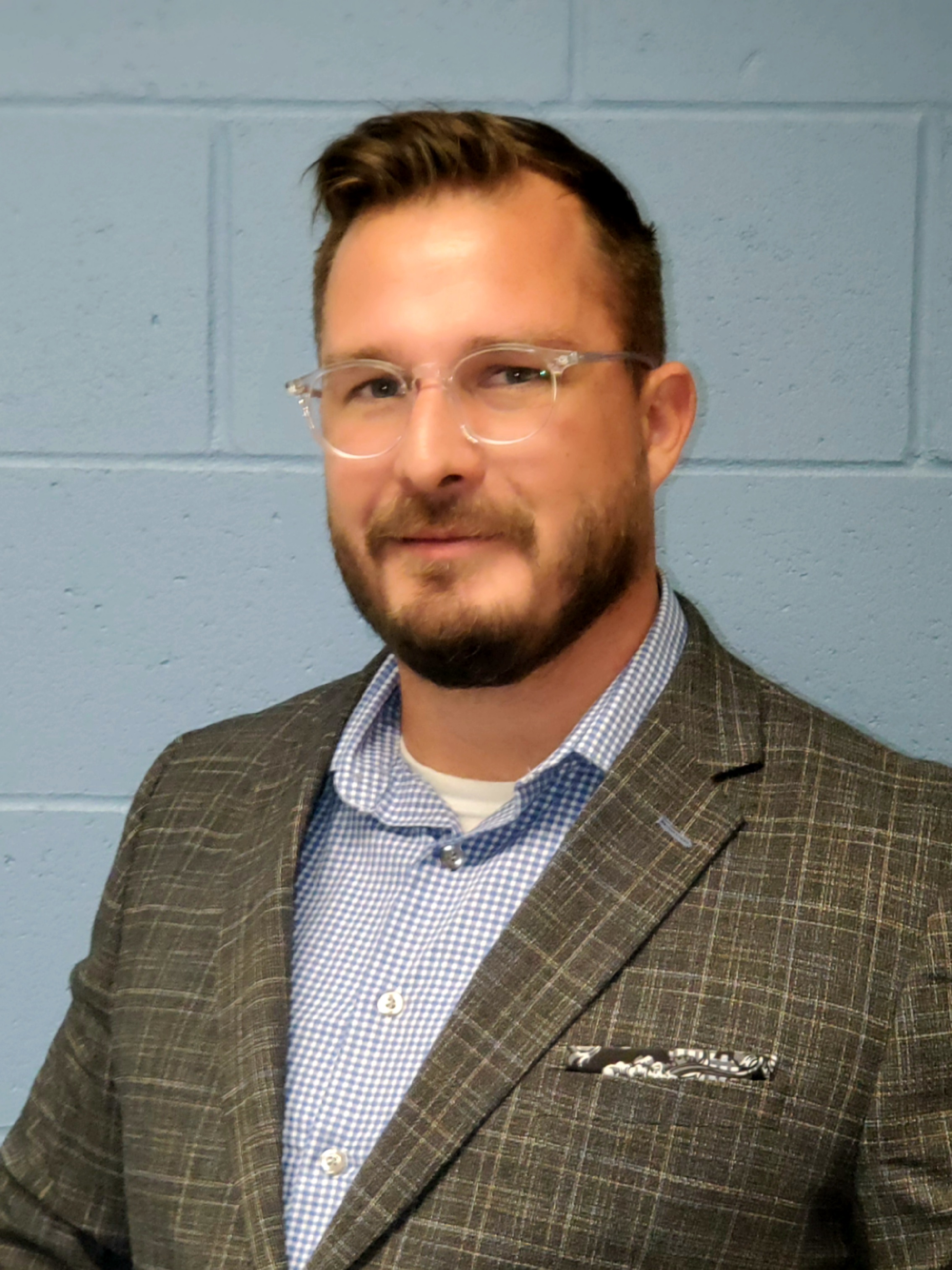From Refuge to Resource: What Germany Gets Right - An Education and Economic Outlook on Immigration.
- Christopher Nesmith

- May 7
- 2 min read
In 2016, while touring Germany’s renowned technical and vocational education system (TVET), our delegation came face to face with a moment of deep cultural miscommunication. As we visited refugee training programs established for displaced Syrians, a U.S. superintendent from Kentucky stood perplexed. “How,” he asked, “can Germany afford to absorb refugees from an economic standpoint?” The human reasons, he conceded, were evident. But he couldn’t reconcile the cost.

To our German hosts, the question itself was foreign. Their pride in what they described as “the best reskilling system in the world” was clear. In the U.S., we often say German post-secondary education is "free." In Germany, they say they invest in the workforce—and they have the data to prove the return.
What appeared to some as generosity was, in fact, strategy.
Germany doesn’t just welcome refugees out of charity; it welcomes them because it is confident in its ability to turn human potential into national prosperity. In the dual apprenticeship model, new arrivals are not seen as burdens. They are future machine technicians, IT specialists, engineers. This mindset doesn’t dilute national strength—it defines it.
In the U.S., we tend to silo the discussion: immigration is framed as social policy, education as academic, and the economy as something entirely separate. But in Germany, these are one system. The investment in TVET ensures that labor market participation, not just academic achievement, drives policy outcomes. Their apprenticeship model integrates real-world skills into the core of education and is why their youth unemployment rate remains low even in times of global disruption.
Studies show that students completing vocational training in systems like Germany and Switzerland not only have lower unemployment rates but also enjoy higher returns on investment than those who follow purely academic tracks. These aren’t just education statistics; they are national strategy metrics.
We should be paying attention.
Too often in the U.S., we see education as separate from workforce readiness. Our students can graduate with honors but without direction. CTE programs exist, but often without the equity frameworks, scale, or clarity of outcome that systems like Germany’s maintain.
Here’s where educators come in—not as passive observers but as the nexus of the solution. Our classrooms can be engines of workforce development, sites of economic empowerment, and tools for societal cohesion. When we build confidence in our educational systems, we can build a workforce strategy rooted in both pragmatism and humanity.
This is the lesson of Germany’s refugee training programs. Not simply that they opened the door—but that they knew exactly what to do once the door was open.
Education isn’t just preparation for the workforce. It is the workforce.




Comments